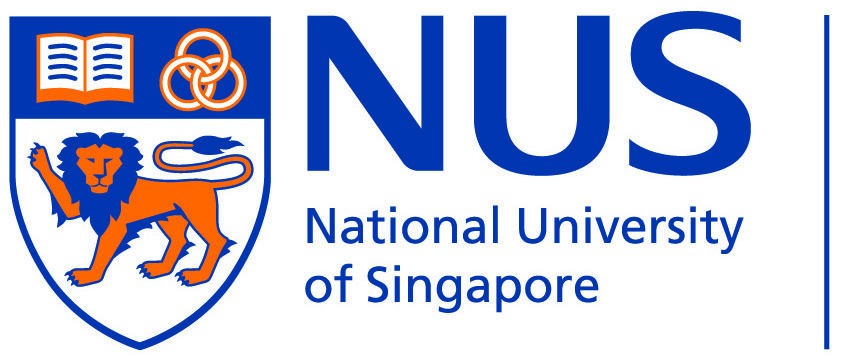Nmag
Nmag Nmag is a micromagnetic simulation package. It has been developed at the University of Southampton with substantial contributions from Hans Fangohr, Thomas Fischbacher, Matteo Franchin. It is released under the GNU GPL. Features in brief: • based on finite elements (suitable for non-cuboidal structures) • problem description in Python, therefore
